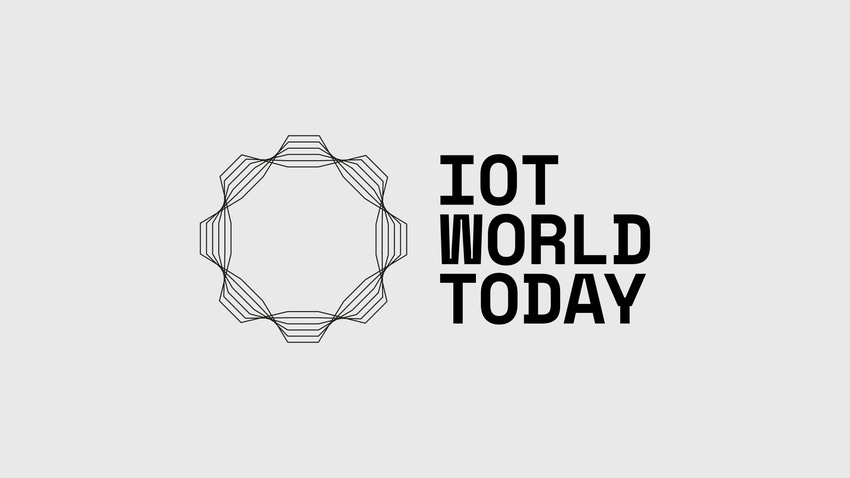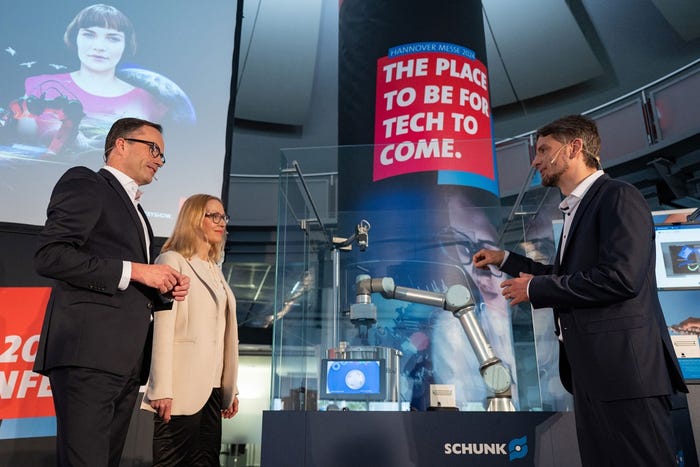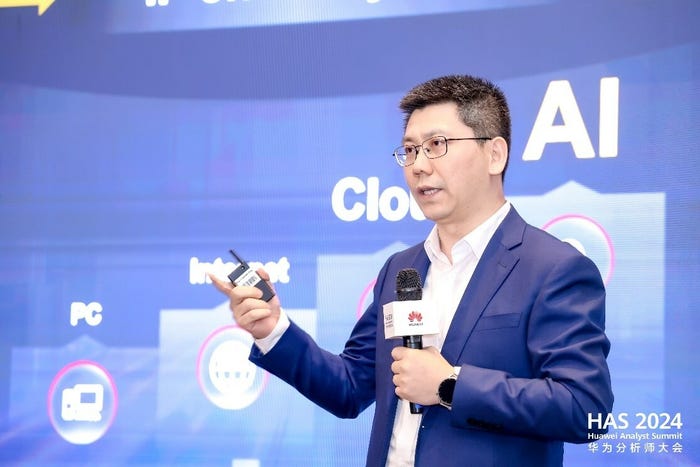An uptick in seismic activity in several parts of the world underscores the need for better earthquake detection and warning technologies.
May 5, 2016

Any day, a massive earthquake could hit the West Coast of the United States, and could potentially be the worst national disaster ever to hit the country. While the San Andreas fault is the most well known, an enigmatic fault referred to as the Cascadia Subduction Zone that stretches from Northern California to north of Vancouver could rupture, could trigger a mega quake with a magnitude of 9.0—equivalent to the Japanese 2011 earthquake that triggered a massive tsunami. Meanwhile, the San Francisco Bay Area has a 72% chance of having at least a 6.7 quake in the next three decades. Southern California faces a similar risk.
The 9.0 Japanese quake that hit Japan five years ago brought attention to that country’s earthquake detection system, which provided Tokyo residents with about 80 seconds of warning before the quake hit the metropolis. The government-run system relies on sensors based throughout the island nation. When detecting earthquakes, the system can automatically apply brakes to trains, open garage doors for first responder vehicles, and enable surgeons to wind up procedures.
California is in the midst of installing a statewide earthquake detection system that would rely on sensors placed throughout the state to monitor when quakes strike and predict where they will travel. The system could trigger an alert that provides seconds' to minutes' worth of time to take action.
While the project to spread earthquake detection systems across the state is new, California has already seen the benefits of the technology in select locations. For instance, the city of Palm Springs—located near the San Andreas Fault—installed its first earthquake warning system in 2001 at a central fire station located at Palm Springs International Airport. Large earthquakes can jam fire stations’ garage doors, significantly delaying response times. But a seismic alert device can provide about 15 to 30 seconds of warning time. The device can be connected to the fire station's garage doors, causing them to open automatically in the case of an earthquake.
“Right when we had it installed in Palm Springs, we had a mid-5 earthquake and the system picked up and triggered the garage doors to open and, as far as I know, it has never had a false warning,” says Harold Good, President and CEO of Procurement Pros Group who had been the Director of Procurement and Contracting for the city. “When earthquake detection systems emit false alarms, it is like screaming fire in a packed auditorium,” he adds.
The machine-to-machine QuakeGuard technology, which is made by Seismic Warning Systems Inc., also uses an algorithm that can discriminate between earthquakes and other events that can cause a building to shake—such as nearby construction.
“When we installed in their system in Palm Springs, and we had just got new aircraft crash vehicles that were taller than our facility could handle. We had major construction to accommodate those larger vehicles,” Good recounts. “We thought for sure that jackhammering would set it off, but it didn’t.”
The algorithm applied by the vendor can accurately ascertain whether a tremble is an earthquake or something else.
Similar technology has been installed in some California schools such as the Milpitas Christian School in Scotts Valley. “An early earthquake warning is imperative for schools. There have been schools in California that have tested the average response time for children to take cover after a warning and it is less than three seconds,” Good says.
Earthquake alert systems can also communicate with elevators. “If you are in a high-rise in San Francisco and are in an elevator, an early warning system could be programmed to travel to the nearest floor and open the doors if there is an earthquake of, say, at least 5.0,” Good says. “It is scary to be stuck in an earthquake. And in the case of a severe earthquake, you have a risk of having the building collapse. If you can get out of the elevator before a serious earthquake hits, that is a good thing.”
Earthquake detection technology can also be used to help minimize supply chain problems following natural disasters, such as those faced by Japan’s automotive and electronics’ industries after its 2011 quake and tsunami.
Safeguarding the supply chain from mother nature that was a goal behind IBM’s recent decision to buy the Weather Company earlier this year. “The Weather Company has several billion global sensors to use IBM Watson and prevent supply chain disruption,” Good explains. “Weather has such a significant impact on the supply chain. And part of their future agenda is to add earthquake detection. IBM is also looking at detecting volcanoes. The sky's the limit on what they are doing with Watson.”
About the Author(s)
You May Also Like



.png?width=300&auto=webp&quality=80&disable=upscale)


.png?width=300&auto=webp&quality=80&disable=upscale)